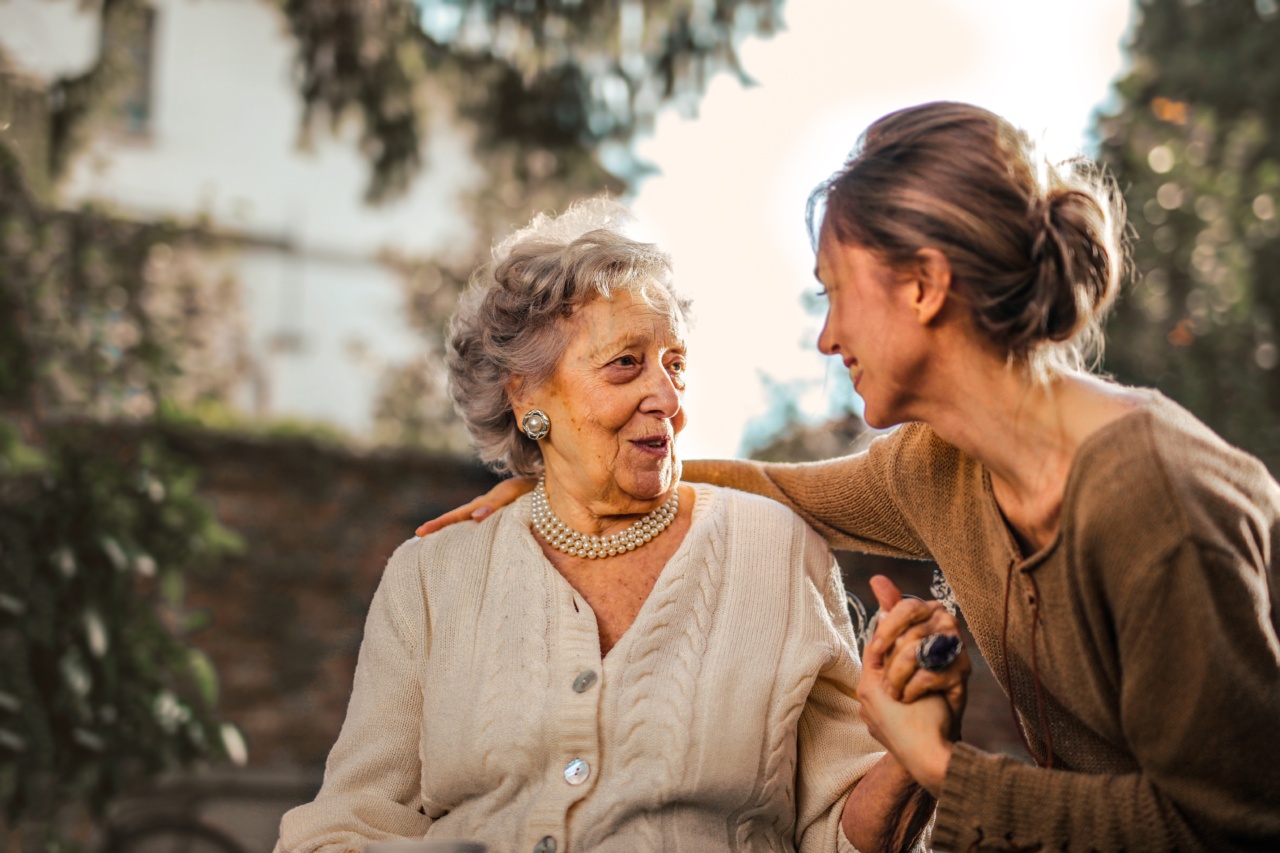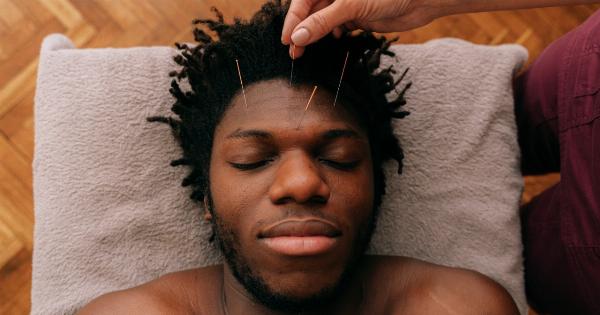As human beings, we all experience falls at one point or another. It is a natural occurrence that happens to everyone, regardless of age or gender.
A fall is defined as an uncontrolled descent to the ground or other surface and can happen due to various reasons. In this article, we will take a comprehensive overview of the common reasons why people fall and what can be done to prevent them.
Inappropriate Footwear
Wearing inappropriate footwear is one of the leading causes of falls. Shoes that are too loose, too tight, or have high heels can cause instability and affect the wearer’s balance.
Additionally, shoes with worn-out soles or no grip can make floors and other surfaces slippery, leading to a fall. To prevent falls caused by inappropriate footwear, it’s essential to ensure that shoes fit well and offer good support and adequate friction or grip.
Poor Body Posture
Poor body posture is another common cause of falls. Hunching over or bending forward can affect a person’s center of gravity, making them vulnerable to falling.
Seniors, in particular, are at risk of falls caused by poor body posture as they tend to have weakened muscles and diminished balance control. To prevent falls resulting from poor body posture, it’s essential to engage in exercises that improve balance, strength, and flexibility.
Environmental Hazards
Environmental hazards, such as wet floors, obstacles, and uneven surfaces, are major contributors to falls. These hazards increase the risk of slipping, tripping, and falling, particularly in public spaces such as malls, airports, and offices.
To prevent falls caused by environmental hazards, it’s essential to be vigilant and aware of the surroundings. Using non-slip mats, cleaning up spills promptly, and ensuring that floors and surfaces are even can also prevent falls.
Impaired Vision
Impaired vision can cause people to misjudge distances, trip over objects, and fall. Eye conditions such as cataracts, glaucoma, and macular degeneration can cause vision loss, making it difficult to navigate one’s surroundings safely.
It’s essential to get regular eye checkups to prevent falls resulting from impaired vision.
Medication Side Effects
Some medications can cause dizziness, lightheadedness, or other side effects that affect balance and coordination. These medications increase the risk of falls, particularly among seniors.
It’s important to inform healthcare providers of any side effects experienced when taking medications to receive appropriate treatment and prevent falls.
Poor Lighting
Poor lighting is another common cause of falls. Insufficient lighting, particularly in areas such as stairways, hallways, and entryways, can make it challenging to navigate one’s surroundings safely.
Poor lighting can also make it difficult to identify obstacles and environmental hazards that increase the risk of falls. To prevent falls caused by poor lighting, it’s essential to ensure that all areas of the home and public spaces are well-lit.
Alcohol and Substance Abuse
Alcohol and substance abuse can affect balance, coordination, and reaction time, increasing the risk of falls. People who abuse drugs and alcohol are more likely to suffer falls and sustain injuries as a result.
To prevent falls caused by alcohol and substance abuse, it is essential to seek treatment for addiction and engage in healthy living practices.
Physical Weakness
Physical weakness, particularly in the lower body, can increase the risk of falls. Muscle weakness and loss of balance control are significant contributors to falls among seniors.
Engaging in physical activity that improves muscle strength, balance, and coordination can help prevent falls.
Chronic Health Conditions
Chronic health conditions such as arthritis, Parkinson’s disease, and multiple sclerosis can increase the risk of falls.
These conditions affect muscle function, balance control, and coordination, making it difficult to navigate one’s surroundings safely. It’s essential to manage chronic health conditions to prevent falls and promote good health.
Conclusion
Falls are prevalent among people of all ages, and the causes are varied.
Some of the most common reasons why people fall include inappropriate footwear, poor body posture, environmental hazards, impaired vision, medication side effects, poor lighting, alcohol and substance abuse, physical weakness, and chronic health conditions. Taking the necessary steps to prevent these risk factors can help reduce the risk of falls and promote safety and good health.






























